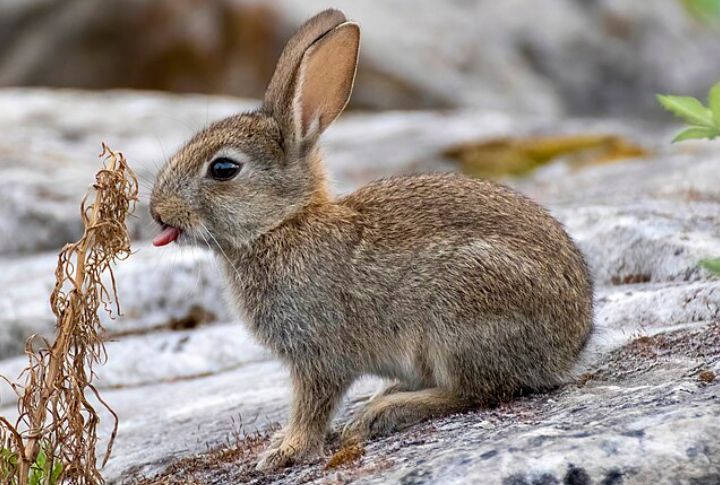
Invasive species spread across rivers, forests, and fields, displacing native life and altering the natural balance. Some, however, offer unexpected benefits. Birds and fish gain food, and plants absorb nutrients. This list highlights ten species that create challenges while supporting ecosystems, which shows how nature adapts and thrives under new pressures.
Zebra Mussels
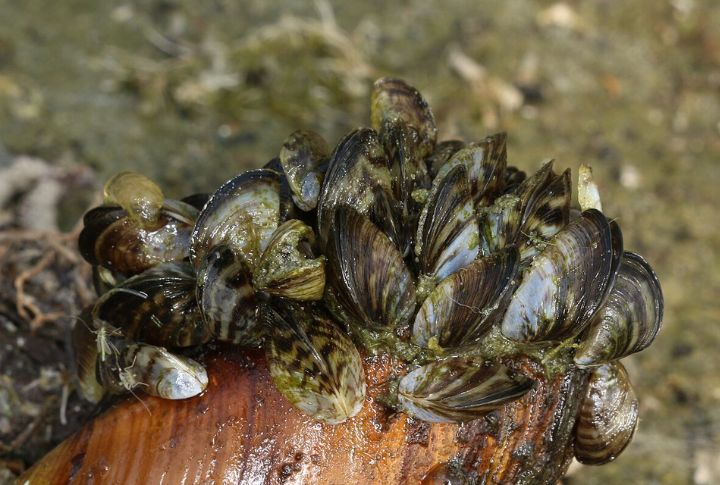
Zebra mussels block waterways and push out native mussels, changing food webs and covering shores with sharp shells. Despite their damage, they improve water clarity so plants grow, provide food for birds and fish, and form dense colonies that shelter insects and small aquatic life.
Feral Pigs
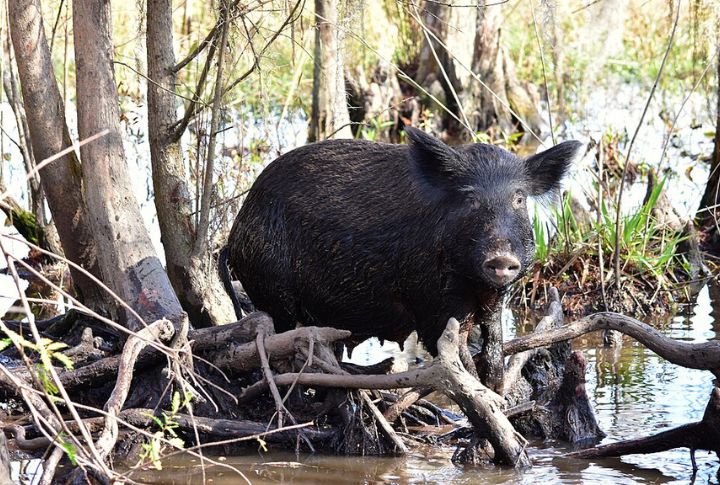
They wreck farms and spread disease across ecosystems. Feral pigs cause chaos wherever they go. Yet somehow, their destruction leaves room for life to flourish. Rooted soil opens space for native plants. Diversity returns—because of them, not despite them. It’s an ugly fix, born from constant upheaval.
European Green Crab
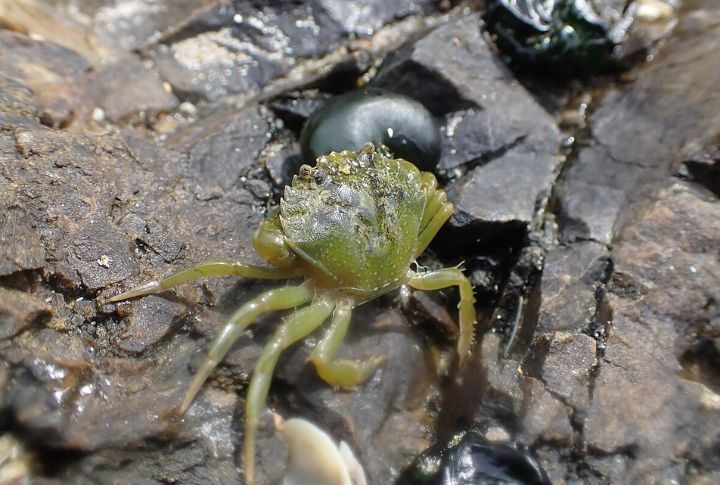
European green crabs threaten native shellfish and strain fisheries. Surprisingly, in some New England marshes, they target overgrazing marsh crabs and allow cordgrass to recover—disrupting one part of the ecosystem while unintentionally restoring another.
Japanese Knotweed
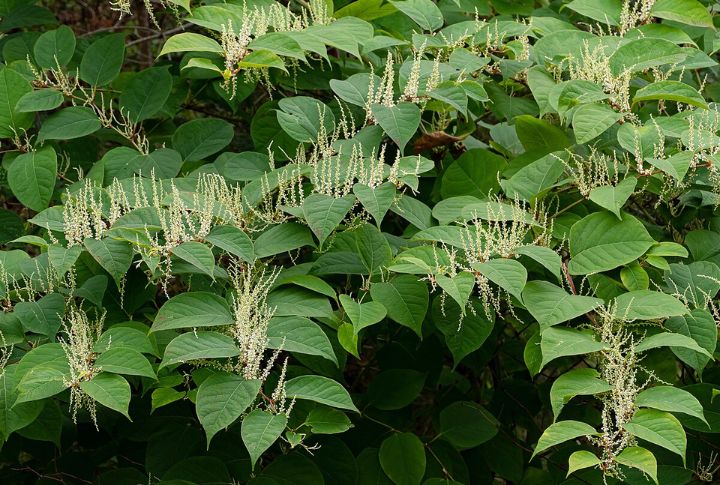
If Japanese knotweed shows up, expect cracked driveways and a garden makeover. Although it’s a nightmare for homeowners, weirdly, it’s also a natural remedy. Some people use it to help alleviate Lyme disease and inflammation. Its monster roots are great for preventing soil erosion.
Water Hyacinth
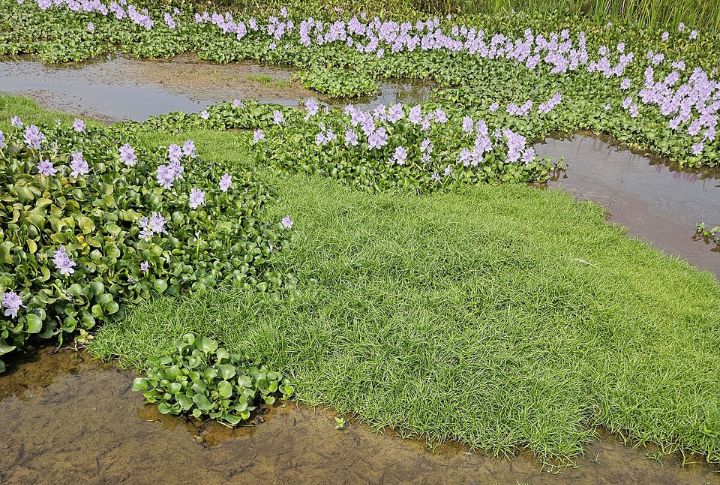
It floats in quietly, then takes over. Water hyacinth smothers lakes and blocks movement. Mosquitoes thrive. But dig beneath its surface—there’s cleanup happening. It pulls toxins from runoff, traps plastic, and feeds biofuel plants. In some places, the weed becomes wages.
Tamarisk
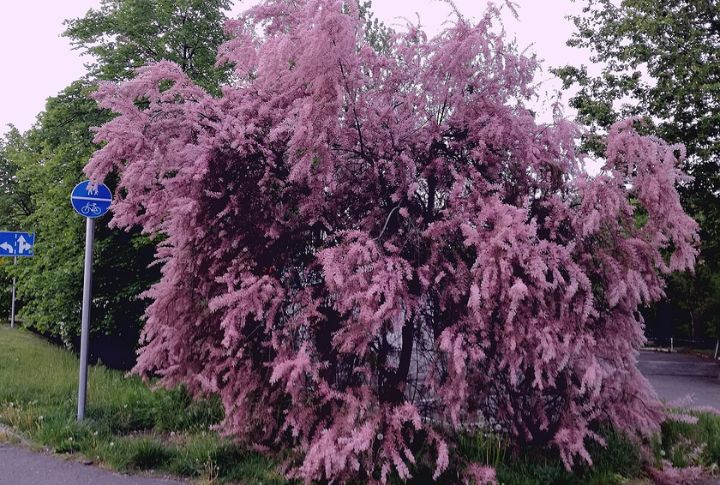
Surviving where rainfall is scarce, tamarisk outcompetes native vegetation. It drains water and alters soil, leaving large areas barren. Flycatchers and other wildlife still make use of it. With roots that withstand harsh dust storms, this invasive shrub dominates stripped landscapes, resilient and impossible to remove entirely.
Prickly Pear Cactus
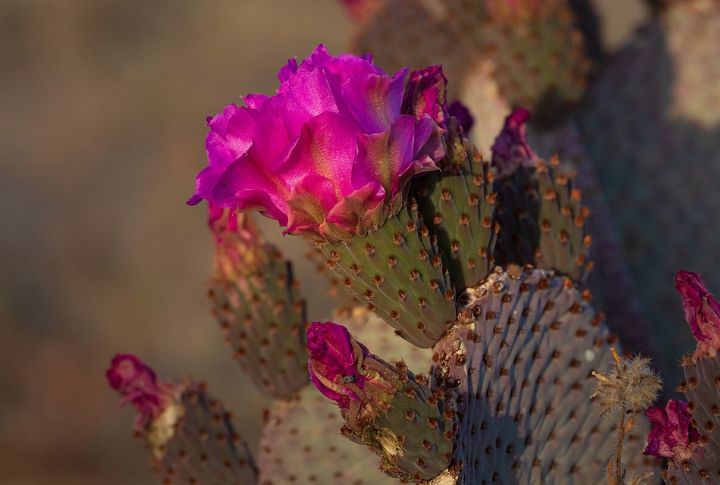
Prickly pear can be destructive when it invades pastures, outcompetes native grasses, injures grazing animals with spines, or increases wildfire risks. In drought-stricken areas where nothing else survives, this resilient plant becomes a lifeline that feeds families while keeping herds alive through its medicinal benefits.
European Rabbit
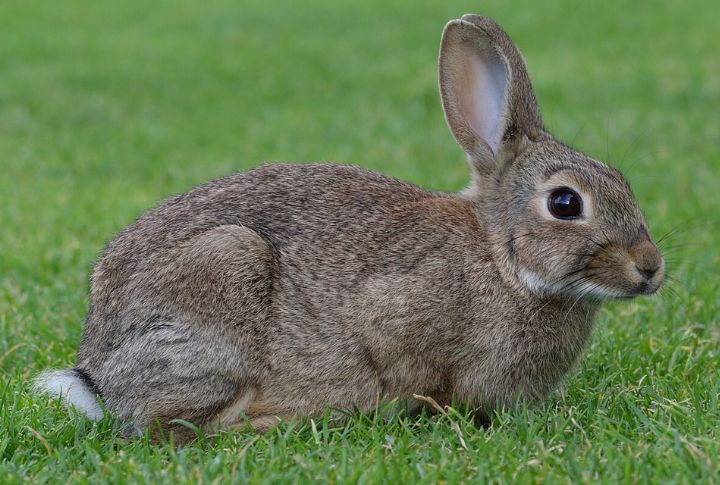
Native plants vanish under relentless rabbit grazing. Soil erodes, and tunnels carve unstable paths through fields. Herbivores decline as ecosystems fracture. Among the damage, life endures. Seeds find space to sprout, and predators like lynxes continue hunting survivors.
Mimosa Tree
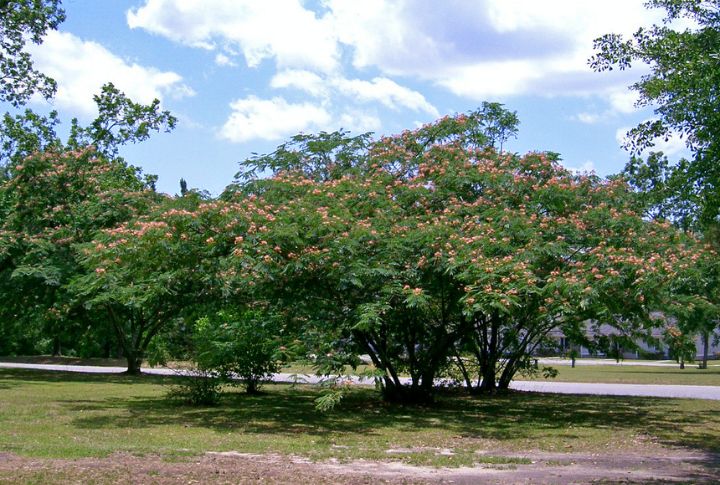
Mimosa trees spread rapidly by displacing native plants and altering soil chemistry. Their nitrogen-fixing roots tilt ecosystems off balance. Pests follow their trail, spreading disease. Yet bees and hummingbirds flock to their flowers. In poor soil, they improve fertility. Some still turn to their bark for healing and calm.
Gypsy Moth
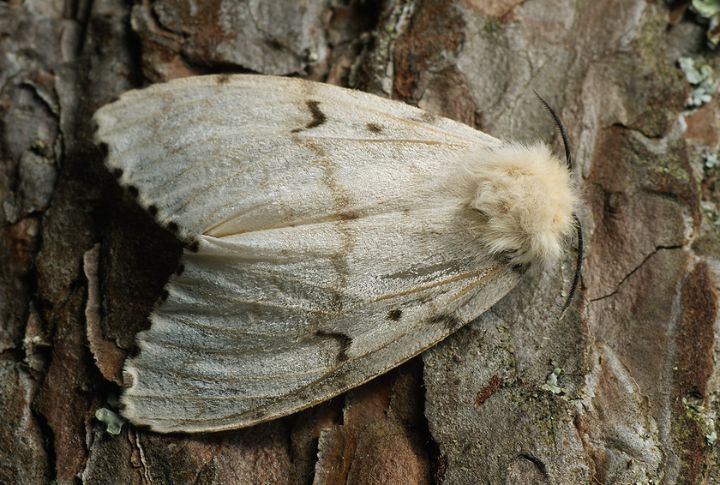
The trees go quiet, then the leaves vanish. Gypsy moths chew through acres like fire without flame, due to which forests suffer. And once the canopy’s gone, sunlight floods in and shrubs take off. It’s not pretty, but sometimes, disaster hands the forest a second chance.

